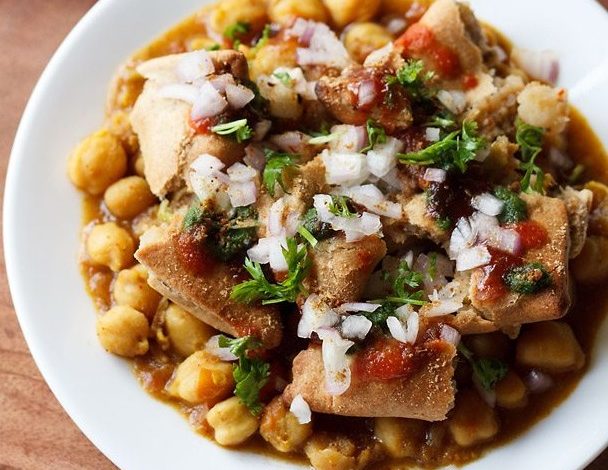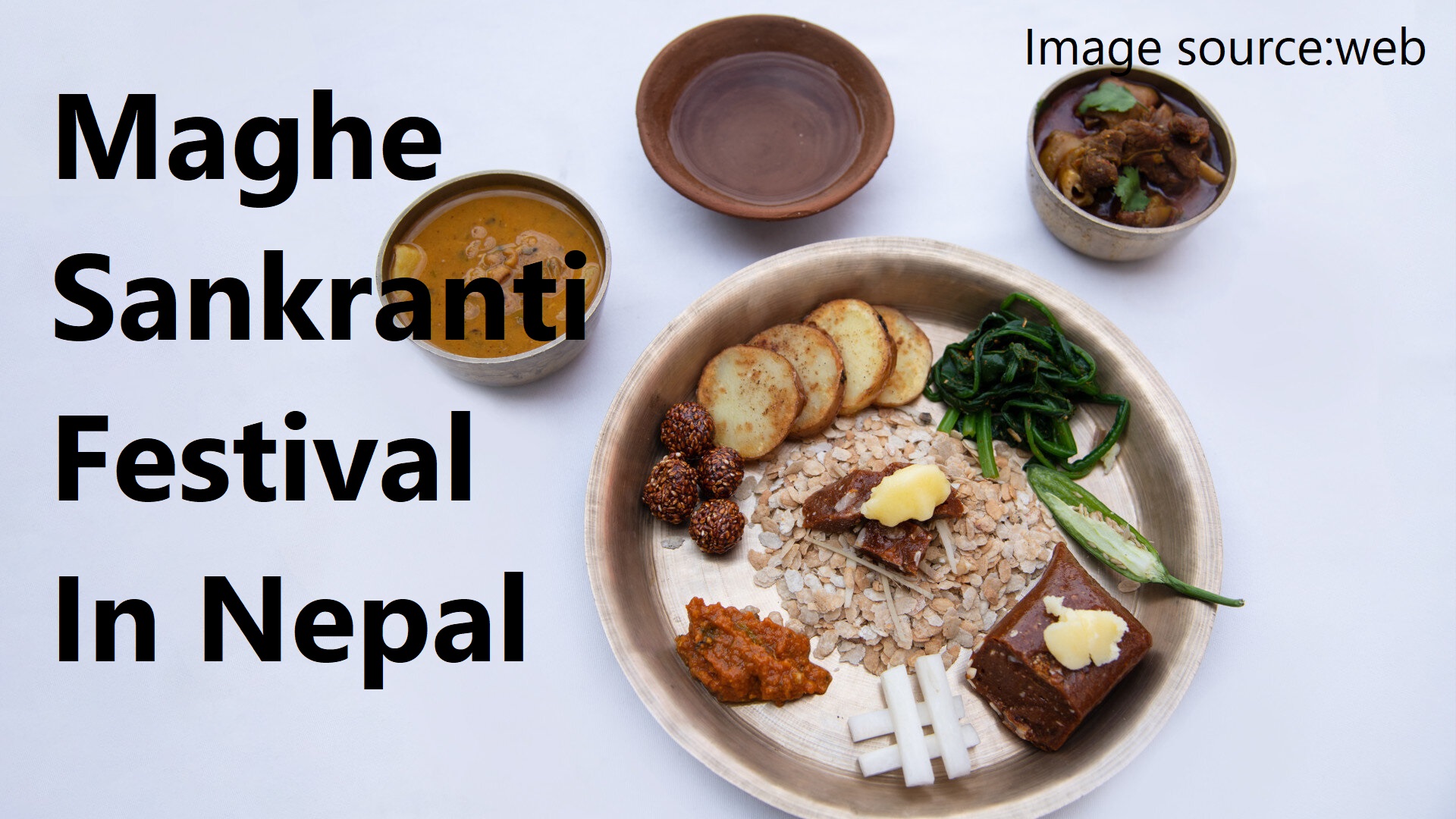Dashain festival in Nepal
- By Malika Karki
- August 2, 2022
Dashain is a festival that originated in Nepal. Dashain is considered one of the most important and biggest festival in Nepal. Among the Newars of Kathmandu Valley, Nepali Dashain is known as Mohni and is celebrated as the most important festival of the Nepal Samwad calendar year. Dashain festival is also known as Dussehra in India. This dashain, Nepali festival is mostly celebrated by people who believe in the Hindu and Kirat religion and longest hindu festival of Nepal. Ethnic Nepali-speaking people of Darjeeling hills, Sikkim, Assam and north-eastern states of India have also been celebrating the most auspicious festival.
Bada Dashain is a special festival or celebration observed from Pratipada Dashami on the Ashwin Shukla side and then to Kojagrata Purnima. Dashain is also known as Bada Dashain, Dussehra, Vijaya Dashami, Ayudh-Puja, etc.
Dashain festival in Nepal is a four-day festival, they are Mahaparva, especially Phoolpati, Mahaashtami, Mahanavami, and Vijayadashami, from Ashwin Shukla Saptami to Dashami. Dashain festival is Nepal’s biggest festival of Nepalese people celebrated among family members.
Table of Contents
ToggleMaha Saptami(Phulpati)
Phulpati is the seventh day of Navratri. On the seventh day of Navratri, nine Pallavas such as belapatra, paddy husk, pomegranate, ginger plant, kachu, sugar cane, banana, etc. are brought to the house. Phulpati is presenting sacred flowers. sacred flowers( Phulpatis) are the grand celebration on the 7th day of the Dashain Festival. Every year on this day, the Brahmins carry royal family kalasha, holy jamara, banana stalks, and sugar cane tied with red cloth from Gorkha to Kathmandu.
After the end of the rainy season, when new plants are brought into the house to welcome autumn, there is a religious and cultural belief that disease-causing organisms (viruses, bacteria) and various types of negative germs and bacteria do not stay in the house due to the effect of medicinal plants. Banana, Darim, Paddy, Haledo, Mane, Karchur(Zedoary), Beel, Ashoka, and Jayanti these nine types of leaves are brought to the place where Durga Puja is performed.
Maha Saraswati and books, copies, and pens are also worshipped on this day. Farmers go to the fields on this day, worship the paddy with sandalwood, akshata, and flowers, and bring the paddy stalks and plants home. Also, on this day, flowers from Dashinghar of Gorkha Palace are brought to Jamal in the capital city, Kathmandu, and to Hanumandhoka Palace(royal palace).
Maha Ashtami (Eighth Day)
Special worship of Mahakali-Bhadrakali (Hindu goddesses) is performed on Mahashtami, the eighth day of Navratri. According to Devi Bhagwat, in ancient times, Puja performed the worship of Dakshaprajapati on the day of Ashtami with the very powerful Bhadrakali, who destroyed the Yagna. After the Puja, thousands of animal sacrifices are made including goats, chickens, ducks, etc. Vegetarians offer fruits such as coconut, banana, apple, etc. The night between Mahaashtami and Mahanavami is considered Kalaratri(dark night), and Gupta Puja is performed throughout the night.
Mahanavami (ninth day)
On Mahanavami, the ninth day of Navratri, especially Siddhidhatri Devi, is worshipped. This morning, the Vishwakarma Puja is also performed by offering sacrifices to Kalpoorja, weapons, and vehicles, etc. Apart from other pujas, young girls from two to ten years are worshipped on this day. The Prasad of goddess Durga has been giving up all the ten vices in the sense that work, anger, greed, infatuation, drunkenness, jealousy, envy, malice, deceit, and hypocrisy, these ten types of vices will be removed, and happiness, peace, and prosperity will be attained.On this day, the taleju temple also open for public which is normally out of bound for rest of year.
Vijaya Dashami ( tenth Day)
The tenth day of Navratri is called Vijayadashami. The Dashami of Shuklapaksha in Ashwin month should be understood as Vijayadashami. It is a special day of Dashain.
On this day, Lord Ramachandra won a victory over Ravana, which is called Vijayadashami. On this day, the most mature and knowledgeable person worships goddess Durga and other goddesses and deities with sixteen items. If there is any mistake in the nine day of worship, he writes Ashtdal on a copper plate with sandalwood and in the middle three images of Goddess Mataka or three heaps of Rata Akshata. Invocation of Aparajit Devi in the middle, Jayadevi on the right, Vijaya Devi on the left, And sixteen materials are worshiped, Havan is done as much as possible, Jamra is worshiped, and goddess Durga and other gods and goddesses are offered Aarti and Puspanjali. By doing this, there is a religious belief that no one can oppress (victory) them.
Then reciting mantras, sprinkling sandalwood, akshata, and flowers, and asking for forgiveness, goddess Durga and other deities are immersed and taken up and placed elsewhere.
After that, the idols of the goddess and the navapatrika are placed in the reservoir with Baja or Vedic mantras and anointed with water from glass water. After that, the children of the house offer blessings to goddess Durga by putting a paste of rice kneaded in curd and forehead on the forehead, Jamra on the head, and giving Dakshina.
And all the family members go to their relatives and dignitaries, wear the new clothes that have been prepared for Dashain, and put on the tika. Whose Larco and crowded fare can be seen everywhere on the road or in the bus.
It is also believed that if you play Swing or leave your feet off the ground on this day, you will go to heaven after you die. Tapping Tika, wearing Jamra, taking blessings, and taking Dakshina on Dashain is not only a tradition but also the values and beliefs of our lives are hidden in it. These also have specific meanings and importance of the Dashain festival in Nepal.
Dashain Blessings
Asish means blessings. The goodwill is held by respected people for their advancement, progress, and longevity. In Dashain, blessings are often given by elders and dignitaries. It indicates that you should have respect for the respected people. It also means that the blessings given by the dignitaries are useful for us. Also, elders should give proper guidance to younger ones. It is also a message that Dashain Blessings should give the right rituals.
Dashain Blesings Mantra
“आयू द्रोणसुते श्रीयो दशरथे शत्रुक्षयं राघवे।
ऐश्वर्यं नहुषे गतिश्च पवने मानञ्च दुर्योधने।
दानं सूर्यसुते बलं हलधरे सत्यञ्च कुन्तीसुते।
विज्ञानं विदुरे भवन्तु भवतां कीर्तिश्च नारायणे॥”
Meaning
Having a long life like that of Drona’s son Asvattham means long life. May Dasharatha have wealth like that of King Dasaratha. Let an enemy like Lord Rama perish. May Nahush be as wealthy as a king. Pawansut should be as dynamic as Hanuman. Be respected like Duryodhana. Be brave like the son of Surya Karna. May Haldhar be as strong as Balaram. Being truthful like Kunti’s son Yudhisthira. Know that of Vidura. Be like Lord Narayan. Blessings are taken from the dignitaries.
Dashain Tika
On the Dashain festival, Tika is tapped on the forehead to receive blessings from relatives and elders. In this way, the Tika worn by the dignitaries while giving blessings has a significant significance. Vaccination develops mighty manliness by removing the disorders in the human brain. It also indicates that Dashain Tika should give respect to respectable people. Tika, which is also known as Akshata. Rice paste mixed with cow’s milk curd, sugar, and yeast in red color is applied to the middle of the forehead in the Ajna Chakra. It is between both the eyebrows. It is called the third eye. Ajna Chakra is the center of clarity and wisdom. It determines the boundary between human and divine consciousness. It means that the elders and the dignitaries inspire us to become all-rounded with wealth, wisdom, and health and keep the third eye open for that. Tika is also seen in connection with consciousness. Also, it is said that red and white tees are symbols of peace and prosperity. It is believed to make the brain, mind, and thoughts pure consciousness. It is customary to get vaccinated in your home and receive vaccination from your relatives. The tika continues till the full moon, and from the full moon, the Dashain festival of one side (fifteen) ends.
Jamara
Dashain festival has a tradition of putting on tika and putting on Jamra (4-5 inches long yellow grass of barley seeds). On the day of Ghatasthapana barley seeds, Jamra tika is placed in, hair on the head, or the ear with blessings of family members. It has its special method of keeping Jamra. There is a mantra. In a dark place, where direct sunlight does not come, Jamra is collected by sowing barley on pure soil. The scriptures consider it a symbol of prosperity. Barley jamra, called Yava in Sanskrit, is a nutritious food. Barley is also considered medicinal from the point of view of health. It contains carbohydrates, proteins, and vitamins. Jamra or its juice is considered very health-promoting. In the Vedic texts, barley is considered useful in yajna-yajnadi to remove diseases and as food to strengthen strength and vitality. Barley is considered the king of grains in mythological texts as Yavosi Dhanyash. Lord Krishna also said in the Gita that I am barely among medicines.
According to doctors, if seven or nine days of Jamra is crushed and Jhol is made and consumed daily, it will be beneficial in diseases like high blood pressure, cancer, and diabetes. Consuming Jamra juice also improves beauty. Likewise, various researches have proven that feeding food made from barley to sick and weak people will quickly increase energy in the body.
In our villages, it is still a tradition to dry Dasain Jamra and boil it in water to drink it when suffering from various diseases. According to research done by American scientists, sprouted barley is the best food among all diets and medicines. Indian doctors have also successfully treated stomach, intestine, bone, and other diseases using Jamra because it has many medicinal properties.
Sprouted barley is symbolically accepted as an offering on Vijayadashami.
Dashain Daksina
Money is given to daughter-in-law, son-in-law, relatives, etc., who came to take tika during the Dashain festival, Dakshina is given after applying Tika from the elder people according to their group on the day of Vijayadashami.
Elders give Dakshina or Money and blessings to their younger relatives . Dashain tika is continues up to five days till full moon during which family and relatives visit and exchange greeting and gifts with each other.
It is a common belief that keeping Dakshina at home is to bring in Lakshmi, wishing for happiness, peace, strength, and prosperity. And it is also found that such Dakshina is kept without spending. The Vedic period was the period of the confluence of Sadhana, Siddhi, Samathrya, Shakti, and Surya. Dashain started from that. It has been confirmed that Badadashain is not only a subject related to eternal tradition, culture, religion, faith, and belief but also a subject of scientific importance. It is close to sociology, psychology, and behavioral science.
This festival does not become pretentious, hollow, or worthless. It is a festival of religious, socio-cultural, and scientific importance and value. But let’s ensure that when celebrating the festival, it should be celebrated sincerely, understanding its true value and according to the legal system. Because without doing sadhana, you will not get the results. Pay attention to this. Also, let’s follow our important Nepali proverb: while celebrating the festival, we saw the throat and swallowed the bone.
Jamara
Dashain festival has a tradition of putting on tika and putting on Jamra (4-5 inches long yellow grass of barley seeds). On the day of Ghatasthapana barley seeds, Jamra tika is placed in, hair on the head, or the ear with blessings of family members. It has its special method of keeping Jamra. There is a mantra. In a dark place, where direct sunlight does not come, Jamra is collected by sowing barley on pure soil. The scriptures consider it a symbol of prosperity. Barley jamra, called Yava in Sanskrit, is a nutritious food. Barley is also considered medicinal from the point of view of health. It contains carbohydrates, proteins, and vitamins. Jamra or its juice is considered very health-promoting. In the Vedic texts, barley is considered useful in yajna-yajnadi to remove diseases and as food to strengthen strength and vitality. Barley is considered the king of grains in mythological texts as Yavosi Dhanyash. Lord Krishna also said in the Gita that I am barely among medicines.
According to doctors, if seven or nine days of Jamra is crushed and Jhol is made and consumed daily, it will be beneficial in diseases like high blood pressure, cancer, and diabetes. Consuming Jamra juice also improves beauty. Likewise, various researches have proven that feeding food made from barley to sick and weak people will quickly increase energy in the body.
In our villages, it is still a tradition to dry Dasain Jamra and boil it in water to drink it when suffering from various diseases. According to research done by American scientists, sprouted barley is the best food among all diets and medicines. Indian doctors have also successfully treated stomach, intestine, bone, and other diseases using Jamra because it has many medicinal properties.
Sprouted barley is symbolically accepted as an offering on Vijayadashami.
Importance of Dashain festival in nepal
Dashain festival is the longest and most important festival celebrated by Nepalese. All government officials, educational institutions, and other offices remain closed during the festival, showing how important this festival is. Dashain festival is also important for emphasizing family reunion and renewing community ties. People working away from home or country go to their village to celebrate this festival with family, friends, and relatives.
Frequently asked questions ( FAQs)
When and why Dashain festival in nepal is celebrated?
Dashain festival in Nepal represents the victory of good over evil and the victory of the universal mother Goddess Durga. The first nine days of the festival symbolize the battle between the various manifestations of Durga and Mahishasura. On the tenth day, Durga defeated Mahishasura. For other Hindus, the festival symbolizes Rama’s victory over Ravana as mentioned in the Ramayana. This festival usually takes place in the month of Ashoj or Kartik.
People of all ages celebrate Dashain by flying kites in the sky and playing lucky draws. Bamboo pings are constructed for Dashain in many parts of the country as a form of entertainment. The pings are made of grass, bamboo sticks, wood, etc. by the people living in that village. On Dashain, the older one will take tika to the younger one and also give blessings and money to the younger family members. Most adults of the family get together and spend the whole day and night playing cards and joking with each other. Playing on the swings, called “ping” in Nepali, is one of the most popular entertainment activities during the Dasain.
As all government offices, educational institutions, and other offices are closed during the festival, people working away from their homes or country go to their villages to celebrate this festival with family, friends, and relatives. Even if it is in the name of a festival, one can meet all the family members on a rainy day. Also, parents buy new clothes for their children. People eat sweet and savory dishes at the festival.
How is Dashain celebrated in Nepali?
The people have tikas and jamaras on their foreheads. The family visits their family home for an evening of fun. Several players also playing cards, flying kites, and swing. Some have said people should play swing for 1-2 swings to keep their feet off the ground.
Why does Nepali celebrate Dashain?
According to legend, goddess Durga battled for 10 days to kill a demon. Dashain was a celebrated symbol that emphasized victory over good. During this period, people visit several goddess temples offering religious worship and readings from scriptures.
What is the history of the Dashain festival?
Hindu mythologies say this Dashain festival aims to show the triumph of evil spirits. It was revealed when god Durga defeated evil spirits called “Mahisasur” who raked in horror. Durga had to defeat these demons in a long battle.
Why is Dashain celebrated for fifteen days?
Importance of Dashain festival in Nepal. According to Hindu mythology, the tyrant Mahisasur created a dangerous world in Devalok (the home of God). The god Durga also battled with the Demon for 10 days before killing Mahissasur. Dashain thus is an occasion for a victory over evils. After celebrating dashain for 15 days, we go back to normal life and wait for another biggest festival in nepal i.e. Tihar.
Moreover, many foreigners enjoy being in Nepal during the festival season, If you want t celebrate dashain and other festivals , then you can visit nepal During festival time.


